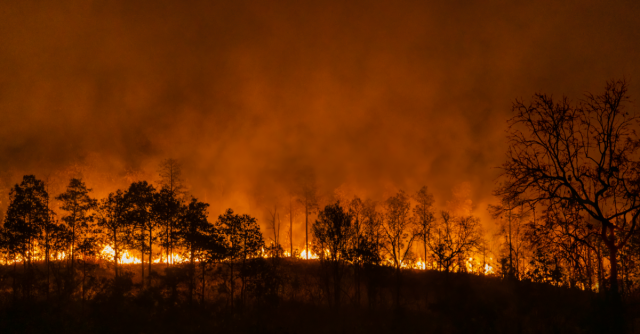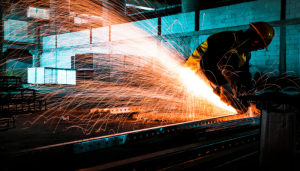Wildfires are a natural hazard that has plagued regions across the globe for centuries. However, in recent years, a new type of wildfire has been gaining attention among environmental experts and safety officials: the "auto fire" phenomenon. This fast-moving and highly destructive wildfire poses unique challenges to both responders and affected communities. In this article, we will explore what the auto fire phenomenon is, why it occurs, and actionable strategies to prevent it.
Understanding the Auto Fire Phenomenon
The auto fire phenomenon refers to an exceptionally fast-moving wildfire that spreads through dry vegetation, urban infrastructure, and vehicles, creating a self-sustaining chain reaction. Unlike traditional wildfires, auto fires are characterized by their ability to engulf both natural and man-made environments rapidly, leaving little time for evacuation or containment.
Key Characteristics of Auto Fires
-
Rapid Spread: Fueled by strong winds, high temperatures, and flammable materials, auto fires can advance at speeds of up to 14 miles per hour.
-
Urban Impact: These fires are unique in their tendency to spread through urban areas, igniting vehicles, buildings, and infrastructure.
-
High Heat Intensity: Auto fires often generate extreme heat, which can reach temperatures exceeding 2,000°F, making them more difficult to control with conventional firefighting methods.
-
Unpredictable Behavior: Factors such as wind direction, fuel availability, and human activity make these fires highly unpredictable.
Why Do Auto Fires Occur?
Several factors contribute to the emergence and intensity of auto fires:
-
Climate Change: Rising global temperatures have led to prolonged droughts and drier vegetation, creating ideal conditions for ignition and rapid spread.
-
Human Activity: Negligence, such as discarded cigarette butts, and accidents like vehicle fires can trigger these phenomena.
-
Urban Expansion: Increased development in wildfire-prone areas brings more flammable materials into regions historically dominated by natural vegetation.
-
Wind and Weather: Strong winds, especially during dry seasons, act as a catalyst, rapidly driving flames across vast distances.
How to Prevent Auto Fires
While auto fires are challenging to control, proactive measures can significantly reduce their occurrence and impact. Here are some key strategies:
1. Vegetation Management
-
Clear Dry Brush: Regularly remove dry grass, leaves, and dead plants from properties, especially in wildfire-prone areas.
-
Create Defensible Space: Maintain a buffer zone of at least 30 feet around homes and structures to slow the fire's spread.
2. Urban Planning and Construction
-
Fire-Resistant Materials: Use non-combustible building materials, such as metal roofs and stucco, to reduce the risk of ignition.
-
Strategic Zoning: Avoid constructing new developments in high-risk areas without adequate fire safety measures.
3. Vehicle Safety
-
Inspect Vehicles Regularly: Ensure cars are well-maintained, as malfunctioning parts can ignite fires.
-
Avoid Parking on Dry Grass: Hot exhaust systems can easily ignite dry vegetation underneath vehicles.
4. Public Awareness and Education
-
Community Programs: Educate residents on fire prevention strategies and emergency preparedness.
-
Emergency Drills: Conduct regular evacuation drills to ensure people know how to respond in case of an auto fire.
5. Technological Solutions
-
Fire Monitoring Systems: Invest in satellite-based systems to detect and track wildfires in real time.
-
AI and Drones: Utilize AI-powered drones for early detection and targeted firefighting.
What to Do During an Auto Fire
If you find yourself in the vicinity of an auto fire, follow these steps to ensure safety:
-
Evacuate Immediately: Do not wait for official evacuation orders if the fire is approaching your area.
-
Follow Emergency Routes: Stick to designated evacuation routes and avoid taking shortcuts that may lead to danger.
-
Protect Yourself: Wear fire-resistant clothing and cover your nose and mouth to avoid inhaling smoke.
-
Stay Informed: Keep updated via local news, radio, or emergency alerts.
Conclusion
The auto fire phenomenon is a growing concern in an era marked by climate change and rapid urbanization. Its devastating impact underscores the importance of preventive measures, including vegetation management, urban planning, vehicle safety, public awareness, and technological advancements. By taking proactive steps, communities and individuals can mitigate the risks associated with these fast-moving wildfires. Stay informed, prepared, and vigilant to safeguard lives and properties against the threat of auto fires.






